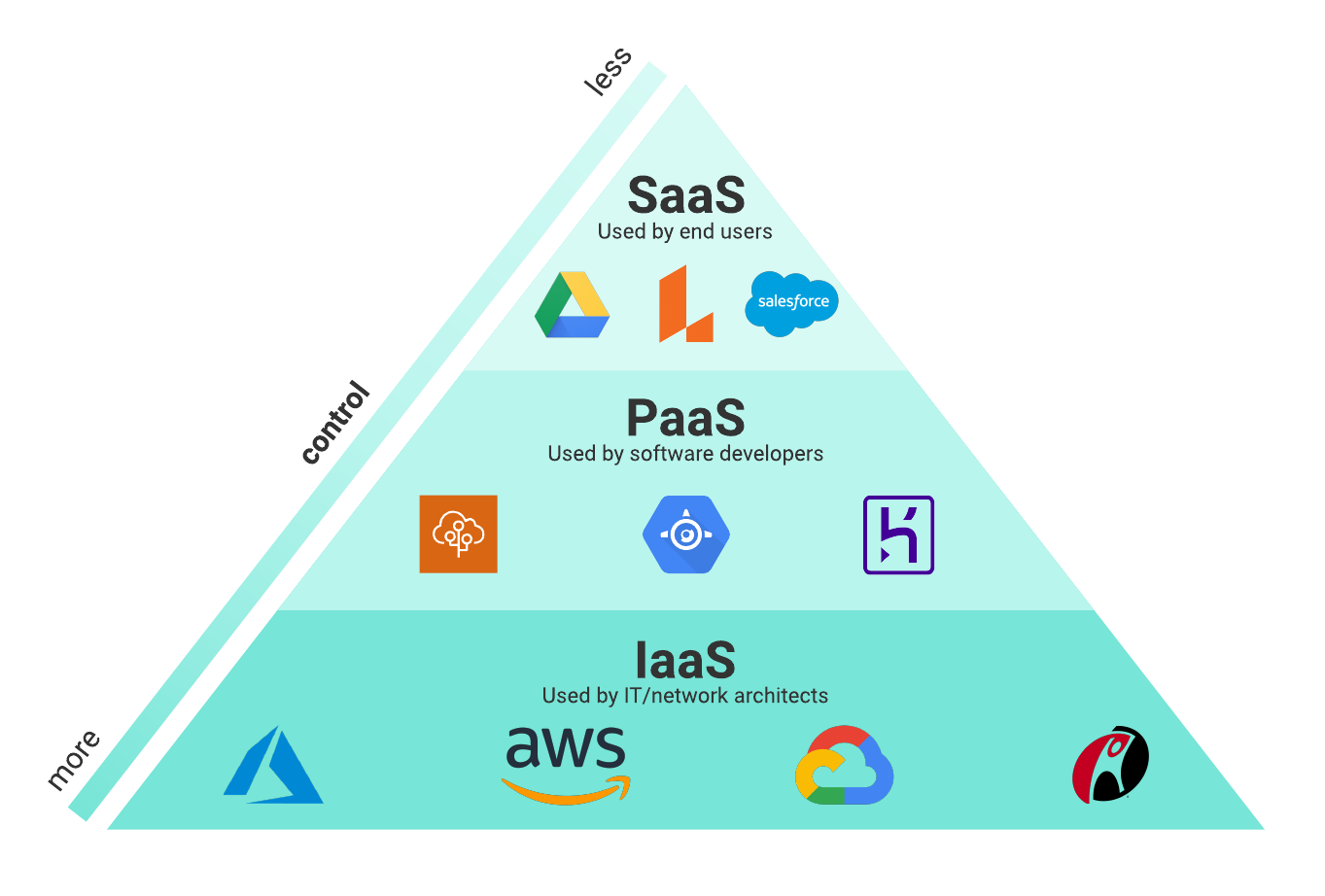Simplify Your Infrastructure With Cloud Services
As businesses navigate the ever-evolving landscape of innovation and data administration, the function of cloud solutions in streamlining facilities has become increasingly prominent. The attraction of structured processes, boosted performance, and boosted resource allotment with cloud services is undeniable. The journey in the direction of a more cost-efficient and dexterous IT infrastructure involves more than simply migrating to the cloud. It calls for a calculated method and a deep understanding of the nuances of cloud fostering. Just how can businesses successfully navigate this change and truly open the potential of cloud solutions for simplifying their framework?
Advantages of Cloud Provider
Cloud solutions offer a streamlined approach to handling IT infrastructure, giving organizations with flexibility, cost-efficiency, and scalability. One of the key advantages of cloud solutions is the scalability they use.
Additionally, cloud services eliminate the demand for organizations to invest in expensive equipment and software program. This cost-efficiency is a substantial benefit, specifically for tiny to medium-sized enterprises wanting to reduce upfront costs. By making use of cloud solutions, businesses can access premium IT resources without the hefty rate tag connected with conventional infrastructure configurations.
In addition, cloud services supply businesses with the versatility to access their data and applications from anywhere with a web link. This degree of accessibility boosts collaboration amongst groups, makes it possible for remote work, and raises overall efficiency. The flexibility offered by cloud solutions empowers services to adapt promptly to changing market conditions and customer needs.
Cost Cost Savings and Scalability
In enhancement to the operational advantages highlighted earlier, the combination of cloud solutions right into a company's facilities produces considerable expense financial savings and boosted scalability. Cloud solutions offer a pay-as-you-go model, enabling services to range sources up or down based upon existing needs, consequently staying clear of the expenses linked with keeping excess capability. This adaptability enables firms to adapt quickly to varying demands without sustaining unneeded expenditures.
In addition, cloud solutions get rid of the demand for ahead of time financial investments in equipment and software application, lowering capital investment. Overhead are additionally minimized as firms no much longer need to take care of and maintain physical servers, causing lower power usage and IT staffing costs. Additionally, cloud solutions supply automated updates and upkeep, making certain that the framework continues to be updated and protected without needing manual treatments.
Enhanced Safety And Security Measures
Implementing rigorous protection actions is critical when incorporating cloud services into a company's framework to guarantee and safeguard sensitive data conformity with industry regulations. Cloud service providers offer improved safety functions such as data file encryption, firewall program security, and multi-factor verification to minimize cybersecurity risks. Encryption aids secure data both at remainder and go to the website in transportation, guaranteeing that just licensed individuals can access delicate details. Firewall softwares work as an obstacle between outside risks and internal networks, tracking and managing incoming and outgoing network website traffic. Multi-factor authentication includes an additional layer of safety by requiring users to supply several types of confirmation prior to accessing the cloud solutions.
Furthermore, regular protection audits and conformity evaluations aid ensure and determine susceptabilities adherence to market requirements. Companies can likewise take advantage of attributes like automatic safety updates and real-time danger monitoring offered by cloud solution suppliers. By prioritizing protection measures and remaining aggressive in attending to prospective risks, organizations can confidently utilize cloud solutions while securing their beneficial information from unapproved accessibility or breaches.
Transitioning to Cloud Facilities
To effectively incorporate cloud services right into a company's framework, an organized strategy that resolves the shift in the direction of cloud-based solutions is vital. Transitioning to shadow infrastructure includes cautious planning and execution to guarantee a smooth migration procedure - cloud services press release.
As soon as the assessment is complete, a migration method ought to be created. This method ought to lay out the timeline, resources, and duties for moving each component to the cloud. It is necessary to find out this here interact this strategy clearly to all stakeholders to make certain positioning and minimize disruptions throughout the shift.
Throughout the migration procedure, screening and tracking are critical to determine and address any type of concerns immediately. Routine checkpoints must be developed to track development and make needed modifications. Additionally, training for employees on utilizing cloud solutions must be offered to ensure a successful change and take full advantage of the benefits of the brand-new infrastructure.
Finest Practices for Cloud Fostering
Successful fostering of cloud services rests on the tactical positioning of business purposes with technological capacities and organizational preparedness. To make certain a smooth shift to the cloud, organizations must start by conducting a detailed analysis of their current infrastructure and identifying which workloads are best fit for cloud migration. It is essential to include crucial stakeholders from different divisions in the decision-making process to acquire buy-in and resolve any kind of problems early.
Another best practice for cloud adoption is to prioritize security and conformity. Organizations has to thoroughly review the safety measures provided by cloud solution carriers and make sure that their data is protected according to industry criteria and regulative demands. Executing robust information file encryption, access controls, and normal safety audits can help minimize threats related to cloud fostering.

Verdict

As services navigate the ever-evolving landscape of innovation and data management, the role of cloud services in streamlining infrastructure has actually ended up being progressively prominent - Cloud Services. Just how can services efficiently browse this transition and genuinely unlock the possibility of cloud services for streamlining their facilities?
Cloud services offer a streamlined approach to handling IT framework, offering organizations with scalability, adaptability, and cost-efficiency. By making use of cloud solutions, services can access top notch IT sources without the large cost tag linked with typical framework configurations.
To make sure a smooth transition to the cloud, companies must begin by conducting an extensive evaluation of their current framework and recognizing which workloads are best fit for get more cloud movement.